
Why the US Doesn’t Use the Metric System
It’s one of the first things international travelers notice when they arrive in the United States. Someone asks how far the next town is, and the answer comes in miles. A recipe calls for cups, not milliliters. Road signs display speed in miles per hour, not kilometers. For the rest of the world, this feels like landing on another planet. So, why does the United States still cling to the Imperial System when nearly every other country has gone metric?
To find the answer, you have to look back, not just a few decades, but all the way to the founding of the nation.
A Historical Decision That Still Echoes
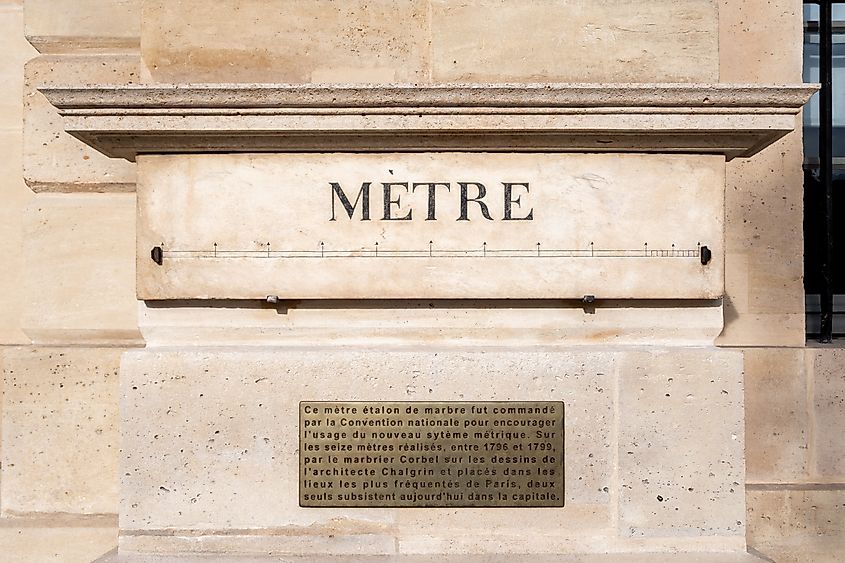
Let’s rewind to the 1790s. The United States was a brand-new country, still figuring out how to govern itself. The Constitution gave Congress the power to “fix the standard of weights and measures,” making it one of the core responsibilities of the new government. Around that time, France introduced a revolutionary new way to measure the world: the metric system.
This metric system was elegant, logical, and based on universal constants. It was everything a budding republic could want in a standardized measurement system. Thomas Jefferson, then Secretary of State, gave it serious consideration.
And yet, he passed.
France itself didn’t adopt the system officially until years later, and America stuck with what it already knew: the British Imperial System. This decision set the tone for what would become centuries of stubborn adherence to inches, feet, pounds, and gallons.
The Industrial Revolution Cements the System

Fast forward to the 19th century. The United States was booming with industry. Steel, textiles, and machinery were the engines of the economy. All of it, every bolt, screw, and cog, was designed using Imperial measurements. Every engineer, factory worker, and mechanic was trained to work in inches and feet.
By this point, switching to the metric system was no longer just a matter of choosing a better system. It would have required a massive, expensive overhaul. Factories would need retooling. Workers would need retraining. Equipment would need redesigning. And for what? From the perspective of American businesses, there was no tangible benefit to making the change.
In other words, it was easier, and cheaper, to stay the course.
Resistance from Business and the Public

Whenever the idea of metrication did come up in Congress, it was often met with resistance from both businesses and the general public. Companies feared the cost of conversion and citizens were wary of change.
To many Americans, keeping the Imperial System became symbolic of independence. Just as the country drives on the right side of the road and celebrates Thanksgiving instead of Guy Fawkes Night, sticking to inches and pounds was another way of saying, “We do things our way.”
Over time, that mindset took root and became part of the national identity. While everyone else in the world jumped onto the metric system, the US wasn’t going to follow.
The Metrication Act of 1975: A Missed Opportunity?
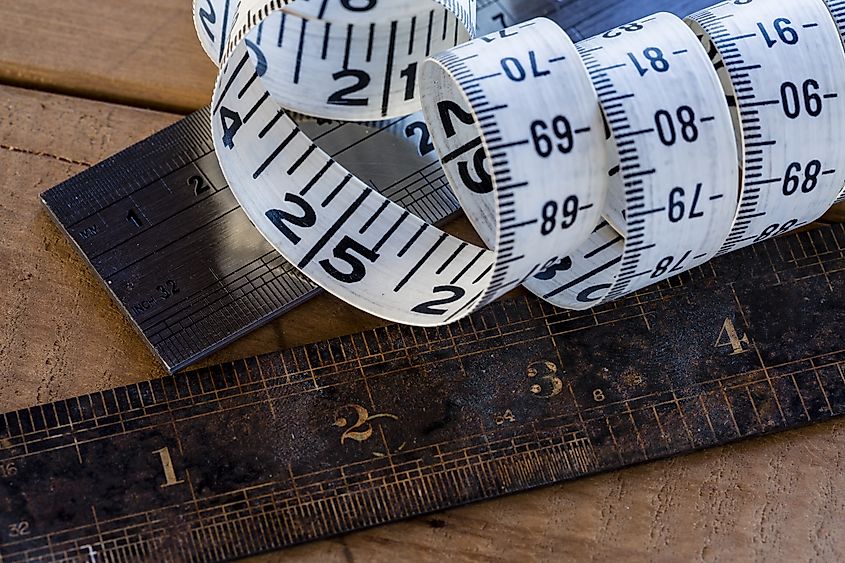
There was a serious attempt to go metric in the 1970s. In 1975, Congress passed the Metric Conversion Act, declaring that the metric system would become the “preferred system of weights and measures for US trade and commerce.” It even created a board to facilitate the transition.
But here’s the catch: the act was entirely voluntary.
Without a mandate, the effort fizzled. Businesses and schools were encouraged to adopt the metric system, but no one was required to do so. The result? A patchwork of partial adoption.
Today, you’ll see kilometers on car speedometers and milliliters on soda bottles, but try ordering a “liter of milk” in a supermarket, and you’ll get some confused looks.
A Dual-Unit Culture

The compromise that emerged is what most Americans live with today: a joint system.
In schools, kids learn both systems: Imperial for daily life and metric for science. Rulers usually come with both inches and centimeters. Medical professionals often use metric units for dosage and measurement. Even Coca-Cola has embraced metric with its 2-liter bottles.
But outside of specific contexts, the Imperial System still rules the road, kitchen, and construction site.
This dual-system approach has its quirks. It means Americans grow up bilingual in measurement, but not necessarily fluent in metric. It also means the chances of a full conversion are slim to none.
Cost vs. Benefit in Modern Times

So, could the US still make the switch? Technically, yes. But is it worth it?
The cost of nationwide conversion is enormous. Every road sign would need replacing. Every product label would need reprinting. Engineers and construction firms would have to retrain workers and redesign tools.
On the flip side, the benefits are mostly about global alignment and scientific consistency. While these are important, they’re not exactly urgent. There’s no crisis forcing America to convert, and the existing joint system works well enough for most purposes.
From a cost-benefit standpoint, the argument for switching loses steam.
Metric vs. Imperial: Which One is Better?
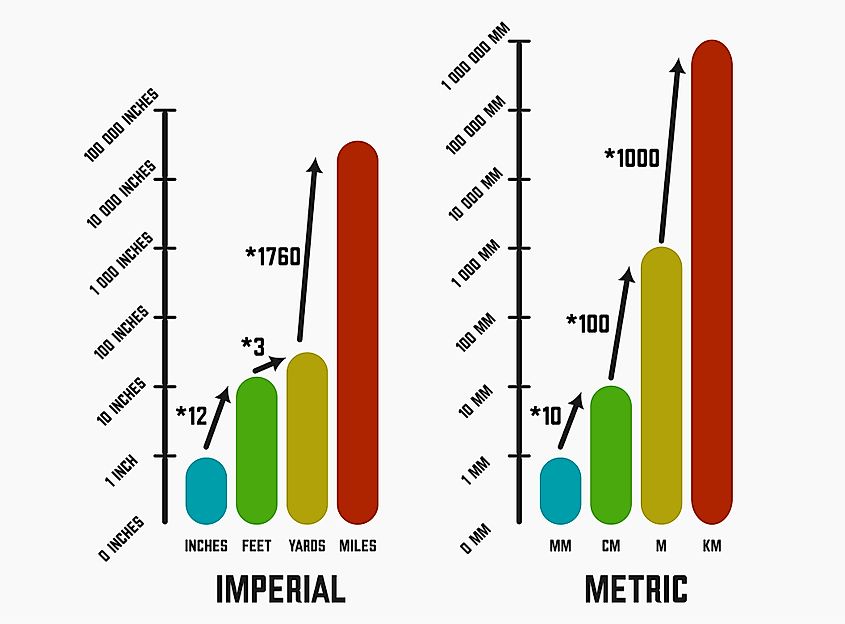
This is a hot debate, especially among scientists, educators, and travelers. The metric system has a lot going for it. It’s based on tens, which makes calculations easier. It’s universally accepted. And it aligns with the needs of a globalized world.
Imperial, on the other hand, is deeply ingrained in American culture. It feels intuitive to those who grew up with it. Ask an American how tall they are, and they’ll say 5'11", not 180 centimeters. Ask for the weather, and they’ll give you the temperature in Fahrenheit, not Celsius.
The bottom line? It depends who you ask.
What Other Countries Still Use Imperial?
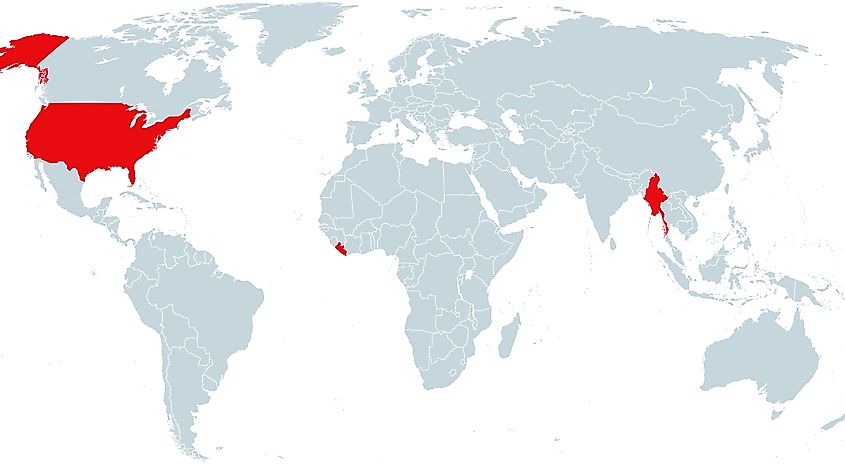
Interestingly, the US isn’t entirely alone. Myanmar and Liberia also technically use Imperial measurements, though both are in various stages of metrication. However, only the US uses it as widely and proudly.
Even the United Kingdom, where the Imperial System originated, has largely transitioned to metric in most aspects of daily life. Road signs still show miles, but ask for a pint of milk and you’ll likely get 568 milliliters.
Will the US Ever Go Fully Metric?
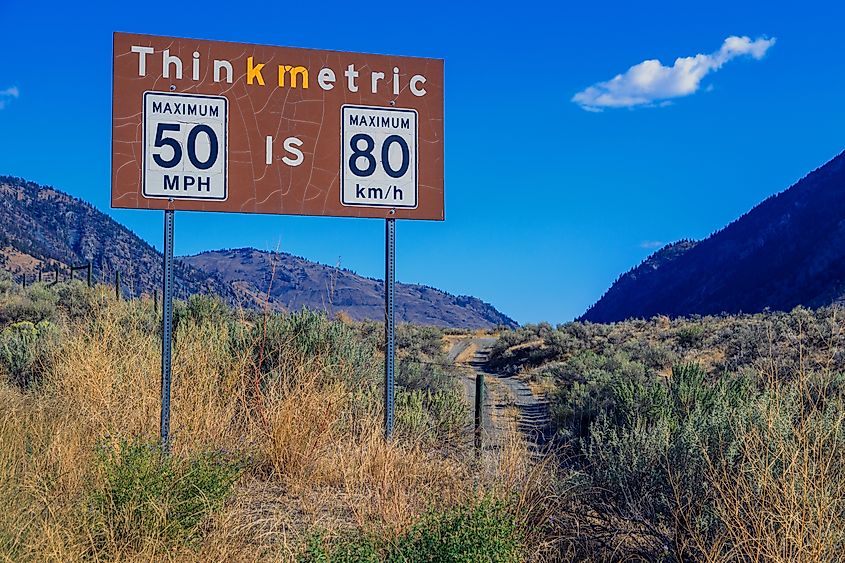
Never say never, but don’t hold your breath.
While certain industries in the US have embraced metric (like science, medicine, and international trade among them) the likelihood of a nationwide conversion is slim. There’s no political pressure, no business incentive, and no public demand strong enough to make it happen.
Metrication would require a coordinated national effort, and in today’s political and economic climate, that just doesn’t seem like a priority.
Instead, the joint system will likely continue. Americans will keep measuring their height in feet, their speed in miles per hour, and their coffee in ounces, while also occasionally glancing at a metric label when traveling abroad.
Final Thoughts
The United States doesn’t use the metric system because it never fully needed to. Historical choices, industrial momentum, cultural pride, and economic considerations have all played a role. It’s not that the metric system isn’t better. It’s just that change is hard, especially when what you already have works well enough.
So the next time you visit the US and find yourself wondering why your GPS suddenly switched to miles or why your burger is weighed in ounces, just remember: you’re stepping into a country that measures itself a little differently. And it’s likely to stay that way.







